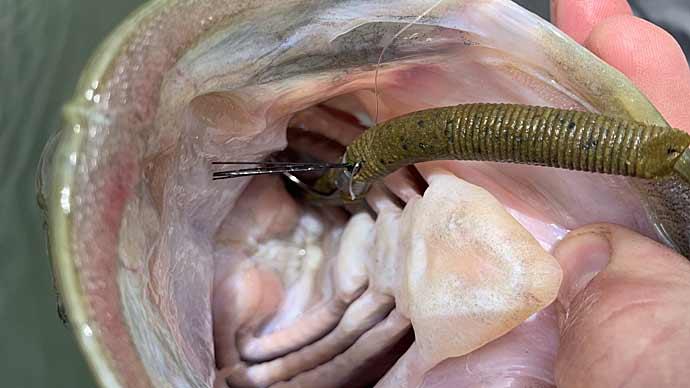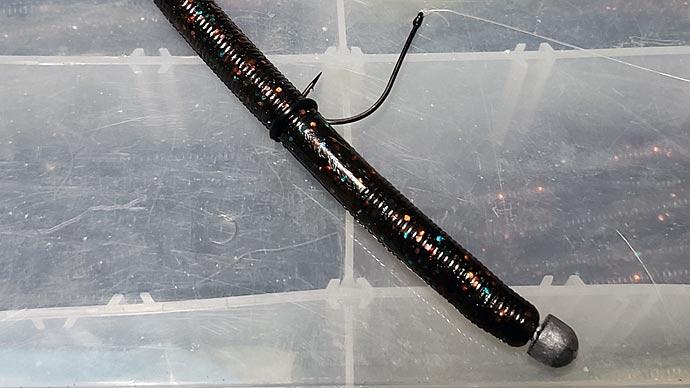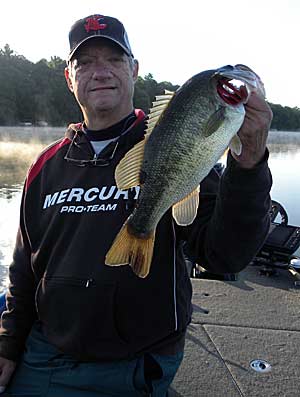
Finesse fishing used to be a tactic that you would occasionally turn to put an extra bass in the livewell to fill out your limit. You would keep a baitcaster in your hand until that last hour, hoping that you did not have to dig into the rod locker and pull out the fairy wand to land one more bass to complete your day. Bass fishing has changed in the last ten years. You could almost say that the tide has switched, and it may be the other way around some days now. You're on a good school of bass, and you're now pulling out a baitcaster that last hour to see if you can't land a kicker to top off your limit.
So, what has happened? Are the bass getting that much pressure on our lakes today? I would say that does play a part in it, but I also will credit a few other things in this mix. First, catch and release has made significant strides across our waters. Yes, there are still some cases where fish are being caught and are making the trip home to feed the family. But over 80 percent of the fish are now being released to be caught another day again. I may be off on my number a little, but there is more catch and release now than 15 years ago.
Another credit to this is the equipment that we are using. Today’s electronics have changed the game in what we see and how we are fishing. Add forward-looking sonar to that, and many start to think that the fish don't stand a chance.
Ask any fisherman on the water today what is driving today’s fishing. Many think a lot of this comes down to educated fish in our waters. To get fish to bite regularly, you'll have to make your bait act and look as natural as possible, and the best way to do this is to turn towards finesse tactics.
What would be your answer if I asked you the top three finesse tactics you must excel at to compete in today's environment? Mine would be Drop Shot, Ned Rig, and Neko Rig, in that order.
I have covered both Drop Shot and Ned Rig tactics recently. This article will talk about the Neko Rig and how it can help you put more bass in your boat this season.
Neko Rig Breakdown
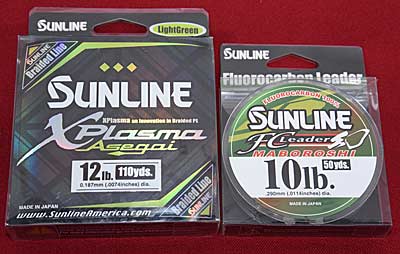
Most of your Neko Rig fishing will happen on the same setup as many of the other finesse tactics you're fishing. A 7-foot medium-action spinning setup, teamed with a size 20 spinning reel of your choice, spooled with a few different lines to match your fishing conditions. My line choice is 10lb to 12lb line Sunline Asegai braid. I will team this with 8lb to 10lb Sunline Maboroshi FC leader, a new fluorocarbon leader that Sunline recently introduced. My choice for using Maboroshi is that the leader is colored every 6 inches to match the bottom conditions. The color makeup is Natural Grey, Moss Green, Gray, Green, Red Brown. Take a closer look at the bottom you're fishing. You can trim your leader to that color when tying it onto your hook or jig to best match the bottom conditions. It will help your line blend in better with the surroundings, helping your presentation look natural, hopefully earning you more bites.
Hooks
When it comes to hooks, I think the biggest mistakes made with fishing the Neko rig are hook choices and how anglers are rigging their baits. Let me explain this more.
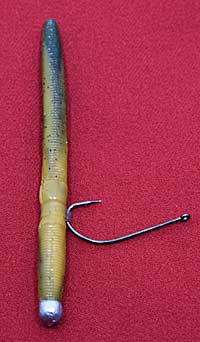
The hook I use for my Neko rig is the one Gamakatsu Pro Brent Ehrler showed me at a Writers Conference event a few years back. Brent uses a Gamakatsu B10S Stinger Hook. It's a fly hook used to make fly streamers and is now made out of tournament-grade wire material. This hook has a long shank that can act as a weed guard for fishing in and around cover.
The biggest mistake that fishermen make when rigging their hook is the direction their hook point is facing in the bait. You should be rigging your Neko rig with the hook point coming out of your bait on the tail side of the worm. Let me explain this in a little more detail.
The hook shank will act as a weed guard when you fish your Neko rig through the cover, but that will only work if you have the hook point orientation rigged right. If your hook point is coming out of your Neko bait on the head side of your bait as you're working your bait through the cover, you're pulling the hook point into the cover that you're fishing, causing your bait to get fouled as you fish it through the cover.
Take your hook, turn it around, and come out of your bait with the hook point on the tail side of your bait. As you're working your Neko bait through the cover, the hook shank will hit the cover before your hook point will. As I stated before, this hook works so well because of the longer hook shank. When you rig the hook in the right direction, the shaft will hit the cover before the hook point, and will act as a weed guard to help move the weeds out of the way or allow your bait to work over the cover, not being pulled into the cover. With the hook point on the upper side, you'll pull the hook over the cover, not into it, thus resulting in a Neko rig that comes through the cover cleaner. With the hook point facing up, you're hooking the bass in the upper part of the mouth like you do on a Texas rigged worm.
Weights Choices
There are two main weight choices for Neko rigs, nail weights, and exposed nose weights, and you can even add a screw to this mix if you want. In the early days of Neko rigging, you could say before it was even called a Neko rig, fishermen were using screws as a weight pushed into the nose of the worm. As the Neko rigging started to gain attention, some of the leading fishermen like Gary Yamamoto helped develop support products and weights that filled out this category. Many weight companies have now jumped on board with various products to help.
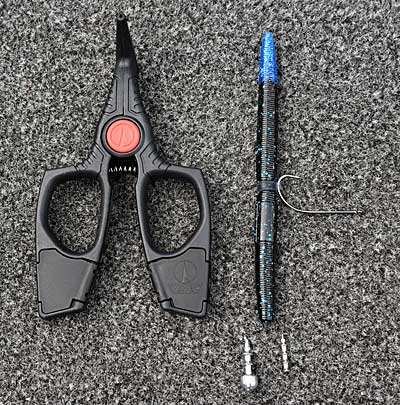
Typically if I'm fishing my Neko in the weeds, I'll use a nail weight that I push up into the nose of my bait; but if I'm fishing in rocks, I'll choose to use an exposed weight. I will add a few drops of glue to the weight to keep it locked into the head of my bait. The exposed weight gives me a better feel because it's making contact with the rocks transferring more feel back.
Bait Hook Up
There are many ways to hook your Neko bait onto the hook. Some say the easiest way to do this is to just run your hook through the bait in a vertical position. Yes, I agree that's simple and easy to do, but you'll go through several baits in your day of fishing. This has pushed fishermen to produce alternate rigging methods.
The easiest way is to put an O-ring around the center of the bait and then run your hook under the O-ring. This is viable and simple to do and will extend the life of your bait. You can catch multiple fish instead of just one before changing your plastics.
Another choice that I choose to use is the VMC Crossover Collar. I like the collar because you can use it for Neko or Wacky rigging. The collar has holes in the tab to get double duty out of the collar when rigged on your worm or bait. This rigging also gives your bait more freedom and movement, creating more bites when fished. You can use these collars multiple times, so the cost involved is minimal overall.
Expand Your Plastic Choices
When it comes to the Neko Rig, the early plastic picks were directed toward worms. These baits did an excellent job in many cases, but there are a few more baits that you should put into your rigging mix.

I put two baits in my rotation: a stickbait and a craw. Both baits work well on their own and excel when rigged Neko style. This is another example of expanding your choices and giving the bass new and different looks.
Here I'll put a color accent on the bait I'm using for two reasons. The first is for the bass to see and find the bait easier. The second is for scent purposes. I use Spike-It scented dye in either chartreuse or red. I will dip the tail or use the dye paint to put a couple of dots or blotches onto the bait body. Experiment and see what works best that day for you.
I hope this has opened some eyes to just how essential finesse tactics are in today's bass fishing. Whether you're a tournament fisherman or someone starting to take up bass fishing, we all have a goal of catching bass during our time on the water. Of course, that's getting tougher day in and day out in today's environment. But, the more bites you can trigger on the water, the more successful you'll be at feeling that tug on the end of your line. That's the goal behind fishing.
BassResource may receive a portion of revenues if you make a purchase using a link above.



